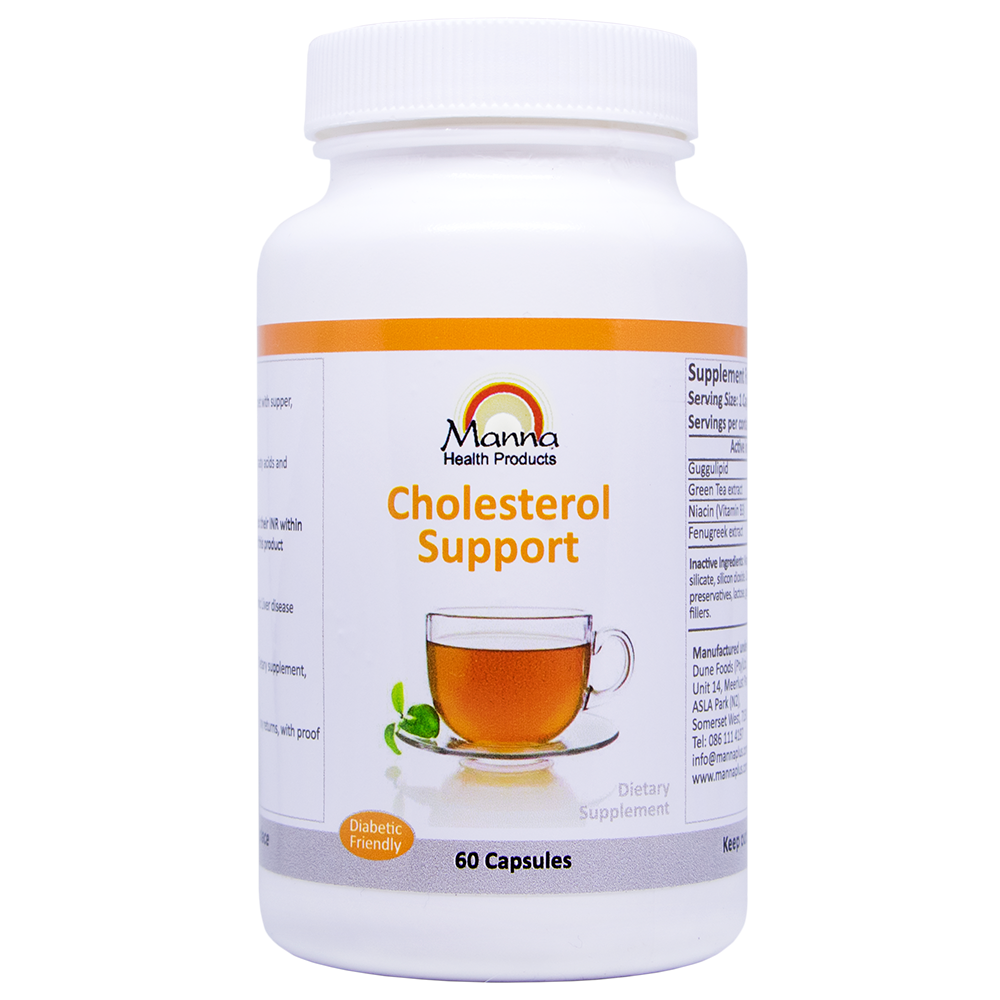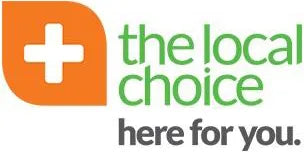General Health – by Marthinus Opperman – May 16, 2025
Can I Feel It If I Have High Blood Pressure?
What Is Hypertension?
Hypertension, or high blood pressure, is a common condition that will catch up with most people who live into older age. Blood pressure is the force of blood pressing against the walls of the arteries. When it’s too high, it raises the heart’s workload and can cause serious damage to the arteries. Over time, uncontrolled high blood pressure increases the risk of heart disease, stroke, and kidney disease.
Hypertension Symptoms
High blood pressure is sometimes called a silent killer because it may have no outward symptoms for years. In fact, one in five people with the condition don’t know they have it. Internally, it can quietly damage the heart, lungs, blood vessels, brain, and kidneys if left untreated. It’s a major risk factor for strokes and heart attacks.
What Causes Hypertension?
Normal blood pressure readings will fall below 120/80, while higher results over time can indicate hypertension. In most cases, the underlying cause of hypertension is unknown. The top number (systolic) shows the pressure when the heart beats. The lower number (diastolic) measures pressure at rest between heartbeats, when the heart refills with blood. Occasionally, kidney or adrenal gland disease can lead to hypertension.
Prehypertension: A Warning Sign
Almost one-third of the western people have prehypertension. Their blood pressure is consistently just above the normal level – falling anywhere between 120 and 139 for systolic pressure or 80 to 89 for the diastolic pressure. People in this range have a higher risk of developing heart disease than those with a lower reading. Your doctor may recommend lifestyle changes to help lower your blood pressure.
The Hypertension Danger Zone
You have high blood pressure if readings average 140/90 or higher – for either number – though you may still have no symptoms. At 180/110 and higher, you may be having a hypertensive crisis. Rest for a few minutes and take your blood pressure again. A hypertensive crisis can lead to a stroke, heart attack, kidney damage, or loss of consciousness. Symptoms of a hypertensive crisis can include a severe headache, anxiety, nosebleeds, and feeling short of breath.
Who Gets High Blood Pressure?
Up to the age of 45, more men have high blood pressure than women. It becomes more common for both men and women as they age, and more women have hypertension by the time they reach 65. You have a greater risk if a close family member has high blood pressure or if you are diabetic. About 60% of people with diabetes have high blood pressure.
Hypertension and Sodium
Sodium, a major component of salt, can raise blood pressure by causing the body to retain fluid, which leads to a greater burden on the heart. The American Heart Association recommends eating less than 1,500 milligrams of sodium per day. You’ll need to check food labels and menus carefully. Processed foods make up the majority of our sodium intake. Canned soups and lunch meats are prime suspects.
Hypertension and Stress
Stress can make one’s blood pressure spike, but there’s no evidence that it causes high blood pressure as an ongoing condition. However, stress may affect risk factors for heart disease, so it may have an indirect connection to hypertension. Stress may lead to other unhealthy habits, such as a poor diet, alcohol use, or smoking, which can contribute to high blood pressure and heart disease.
Hypertension and Weight
Being overweight places a strain on the heart and increases your risk of high blood pressure. That is why diets to lower blood pressure are often also designed to control calories. They typically call for cutting fatty foods and added sugars, while increasing fruits, vegetables, lean protein, and fiber. Even losing 5 kg can make a difference.
Hypertension and Alcohol
Drinking too much alcohol can increase your blood pressure. Guidelines from the American Heart Association state that if you drink alcohol, you should limit the amount to no more than two drinks a day for men, or one a day for women. They define a drink as one 375ml beer, 120ml of wine, 44ml of 80-proof spirits, or 30ml of 100-proof spirits.
Hypertension and Caffeine
If caffeine can make you jittery, can it also raise your blood pressure? It might have a temporary effect, but studies haven’t shown any link between caffeine and the development of hypertension. You can safely drink one or two cups a day, according to the American Heart Association.
Hypertension and Pregnancy
Gestational hypertension is a kind of high blood pressure that occurs in the second half of pregnancy. Without treatment, it may lead to a serious condition called preeclampsia that endangers both the mother and baby. The condition can limit blood and oxygen flow to the baby and can affect the mother’s kidneys and brain. After the baby is born, the mother’s blood pressure usually returns to its normal level.
Hypertension and Medicine
Cold and flu medicines that contain decongestants are one of several classes of medication that can cause blood pressure to rise. Others include NSAID pain relievers, steroids, diet pills, birth control pills, and some antidepressants. If you have high blood pressure, talk to you doctor about what drugs and supplements you are taking that may affect blood pressure.
‘White Coat’ Hypertension
Some people only have a high reading in the doctor’s office, perhaps because they’re nervous. Some will only have high blood pressure readings sporadically. Those people may have a higher chance of developing high blood pressure, a recent study shows. To get a more accurate reading, take your blood pressure at home, chart the readings, and share them with your doctor. It is also a good idea to bring in your home monitor in for a check of the device and your technique.
Hypertension and Children
While hypertension is more often a problem for older people, even children can have high blood pressure. “Normal” blood pressure varies based on a child’s age, height, and sex, so your doctor will need to tell you if there is a concern. Children are at greater risk if they are overweight, have a family history of the illness and if they’re African-American.
Treatment: Diet
You may be able to lower your blood pressure by switching to a better diet. Dietary Approaches to Stop Hypertension involves eating more fruits, vegetables, whole-grain foods, low-fat dairy, fish, poultry, and nuts. You should eat less red meat, saturated fats, and sweets. Reducing sodium in the diet can also have a significant effect.
Treatment: Exercise
Regular exercise helps lower blood pressure. Adults should get about 150 minutes of moderate-intensity exercise every week. That could include gardening, walking briskly, bicycling, or other aerobic exercise. Muscle-strengthening activities are recommended at least two days a week and should work all major muscle groups.
Treatment: Diuretics
Diuretics are often the first choice if diet and exercise changes aren’t enough. Also called “water pills,” they help the body shed excess sodium and water to lower blood pressure. That means you’ll urinate more often. Some diuretics may deplete the body’s potassium, causing muscle weakness, leg cramps, and fatigue. Some can increase blood sugar levels in diabetics. Erectile dysfunction is a less common side effect.
Treatment: Beta-blockers
Beta-blockers work by slowing the heart rate, which means that the heart doesn’t have to work as hard. They are also used to treat other heart conditions, such as an abnormal heart rate called arrhythmia. They may be prescribed along with other medications. Side effects can include insomnia, dizziness, fatigue, cold hands and feet, and erectile dysfunction.
Treatment: ACE Inhibitors
ACE inhibitors reduce the body’s supply of angiotensin II – a substance that makes blood vessels contract and narrow. The result is more relaxed, open (dilated) arteries, as well as lower blood pressure and less effort for the heart. Side effects can include a dry cough, skin rash, or dizziness, and high levels of potassium. Women should not become pregnant while taking an ACE inhibitor.
Treatment: ARBs
Instead of reducing the body’s supply of angiotensin II, these drugs block receptors for angiotensin — as if placing a shield over a lock. This blockade prevents the chemical’s artery-tightening effects, and lowers your blood pressure. ARBs can take several weeks to become fully effective. Possible side effects include dizziness, muscle cramps, insomnia, and high levels of potassium. Women should not become pregnant while taking this medication.
Treatment: Calcium Channel Blockers
Calcium channel blockers slow the movement of calcium into the cells of the heart and blood vessels. Since calcium causes stronger heart contractions, these drugs ease the heart’s contraction and relax the blood vessels. They can cause dizziness, heart palpitations, swelling of the ankles, and constipation. Take them with food or milk and avoid grapefruit juice and alcohol because of possible interactions.
Treatment: Other Medications
Other medications that relax the blood vessels include vasodilators, alpha blockers, and central agonists. Side effects can include dizziness, a fast heart beat or heart palpitations, headaches, or diarrhea. Your doctor may suggest them if other blood pressure medications are not working well enough or if you have another condition.
Treatment: Complementary Therapies
Meditation can put the body into a state of deep rest, which can lower blood pressure. Relaxation techniques should be combined with other lifestyle changes, such as diet and exercise. Be aware that herbal therapies may conflict with other drugs you take, and some herbs actually raise blood pressure. Tell your doctor if you take herbal or other dietary supplements.
Living With High Blood Pressure
Hypertension is often a life-long condition. It’s important to take your medications and continue to monitor your blood pressure. If you keep it under control, you can reduce the risk of stroke, heart disease, and kidney failure.













































